7.10 Variation in Populations
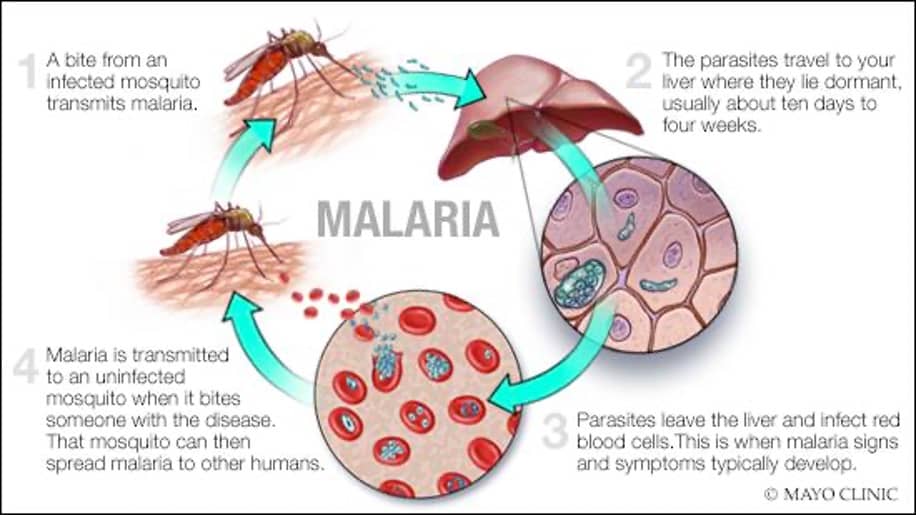
Variants that are well adapted to one environment may not be well adapted to another environment.

Variants that are well adapted to one environment may not be well adapted to another environment.
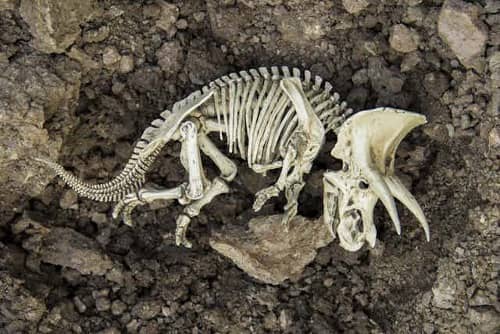
Extinction is the loss of a group of organisms, such as a species. Levels of biodiversity are determined by rates of speciation and rates of extinction.
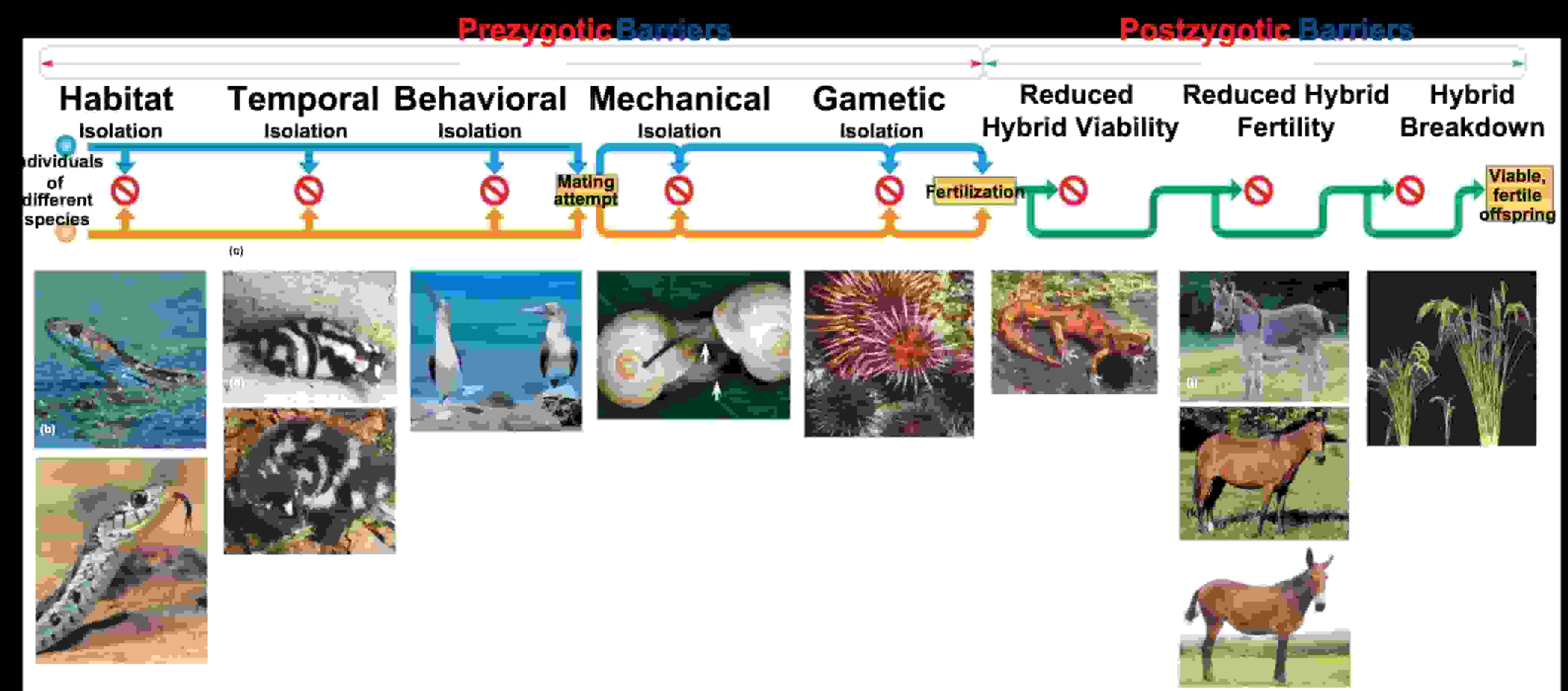
Speciation, the origin of new species, is at the focal point of Darwin’s evolutionary theory. Evolutionary theory must explain how new species originate and how populations evolve.
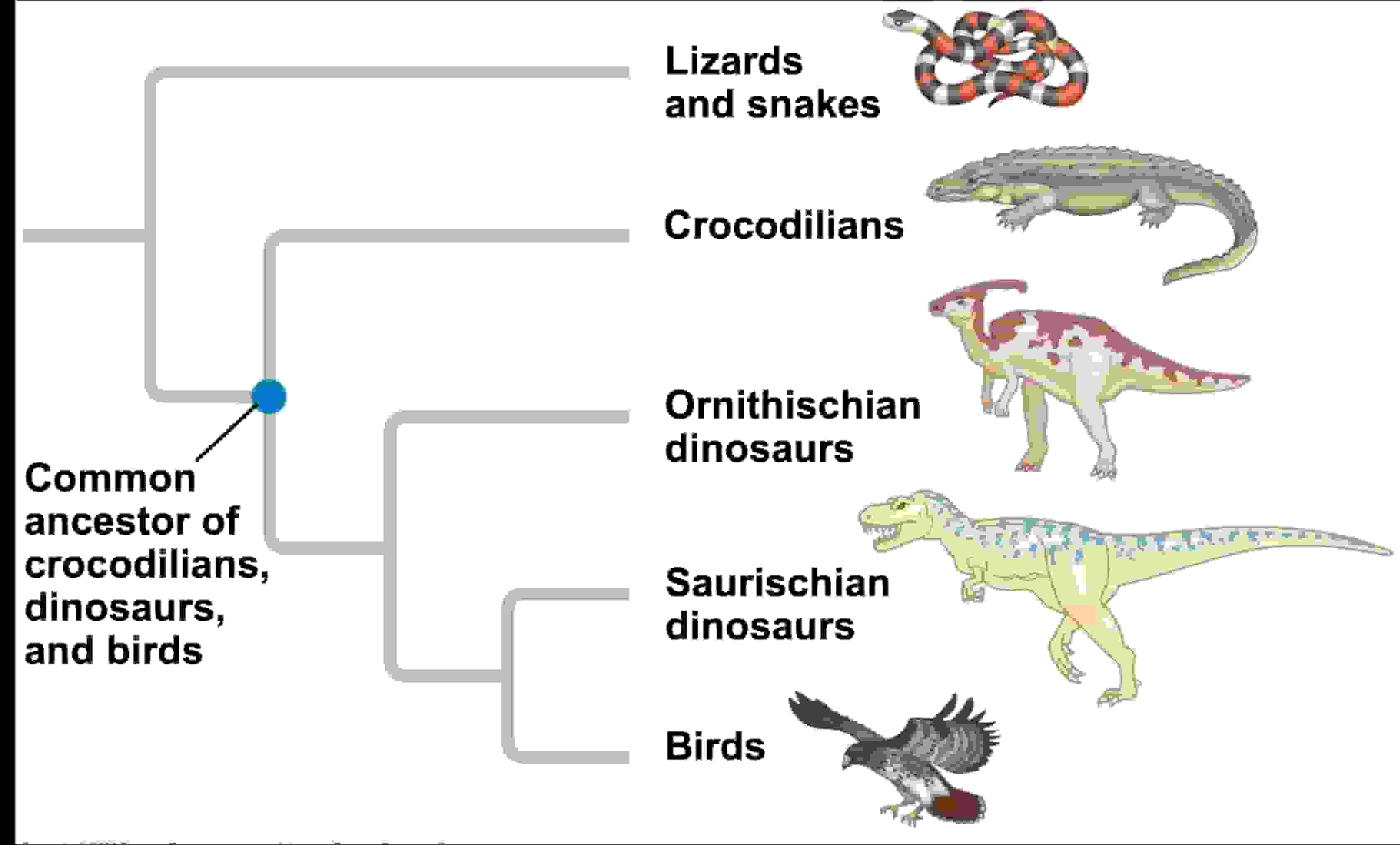
Phylogeny is the evolutionary history of a species or group of related species. The discipline of systematics classifies organisms and determines their evolutionary relationships.
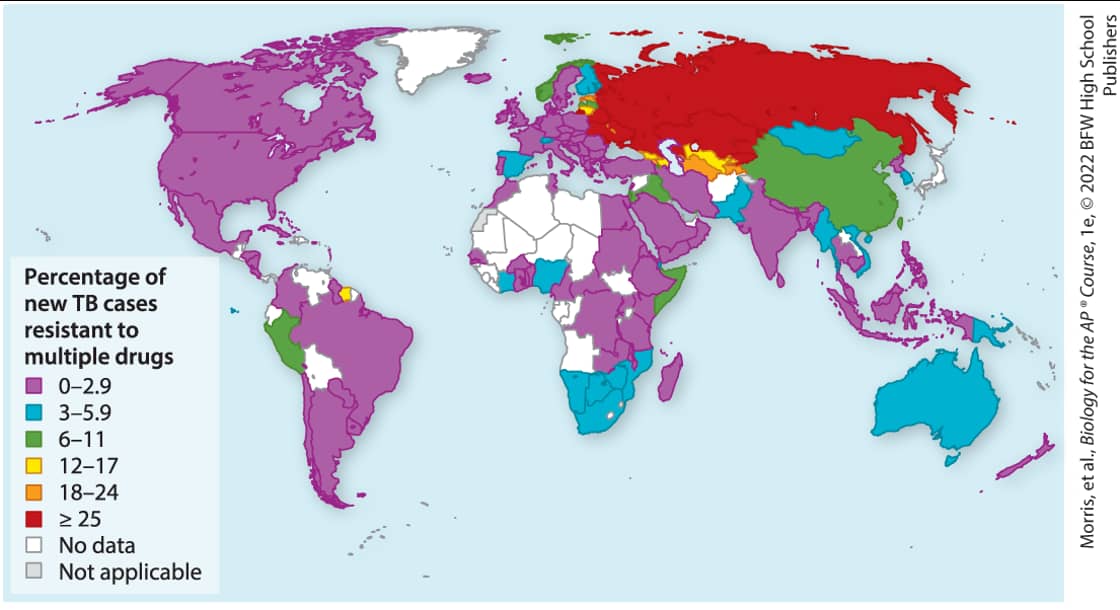
Evolution has led to new, rapidly spreading diseases, called emerging diseases.
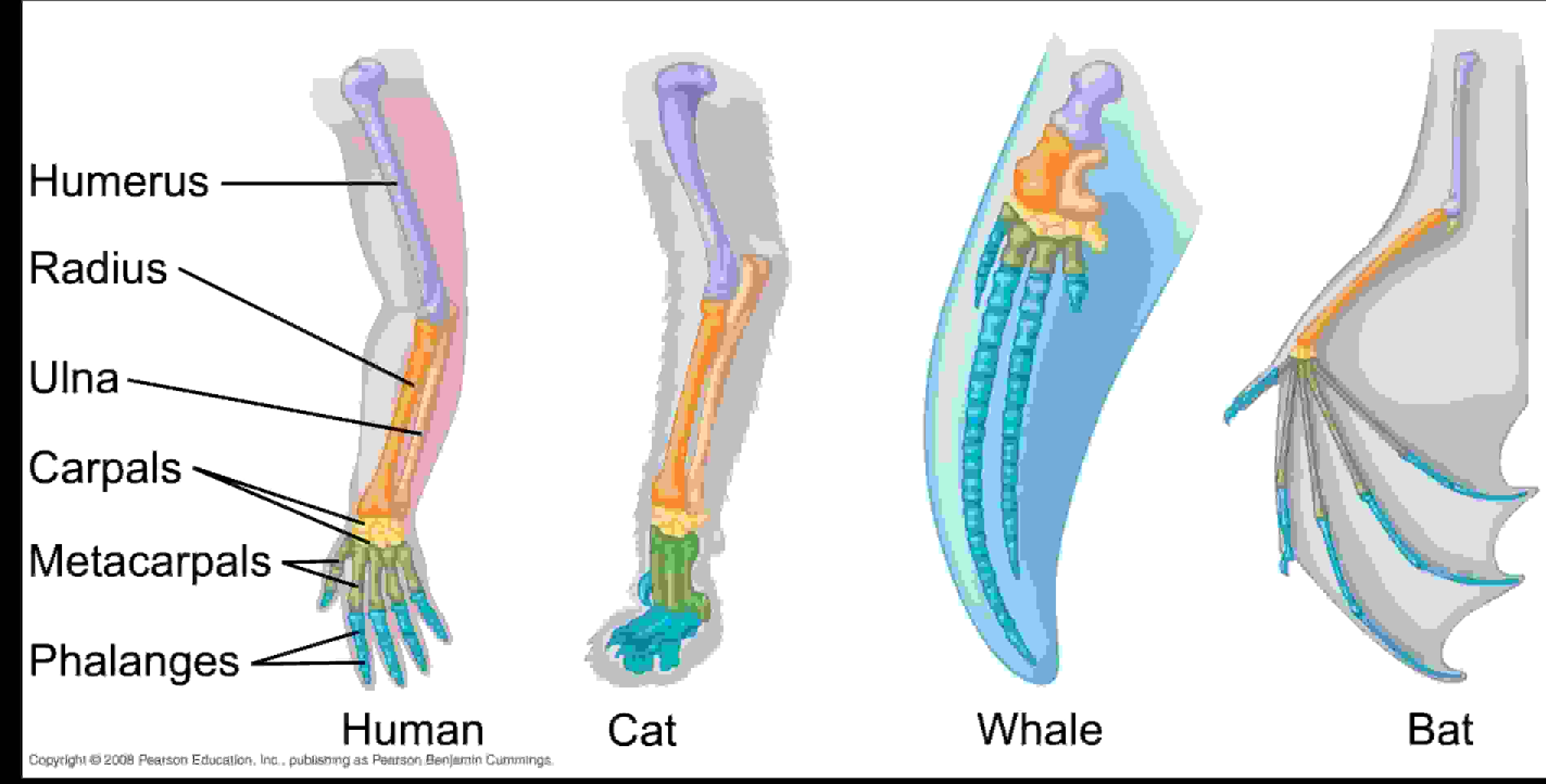
Biogeography provides information about the evolutionary history of organisms, specifically where they originated and how they were able to disperse.
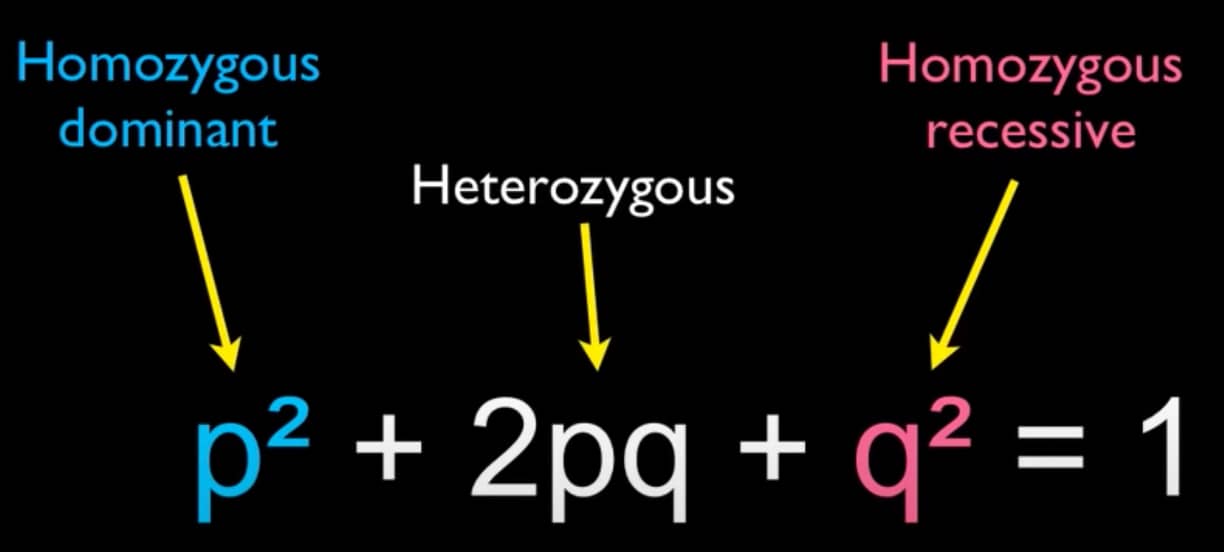
When certain conditions are met, allele and genotype frequencies do not change, a state called the Hardy-Weinberg equilibrium. “Hardy-Weinberg equilibrium”: Refers to an idealized, non-evolving population.
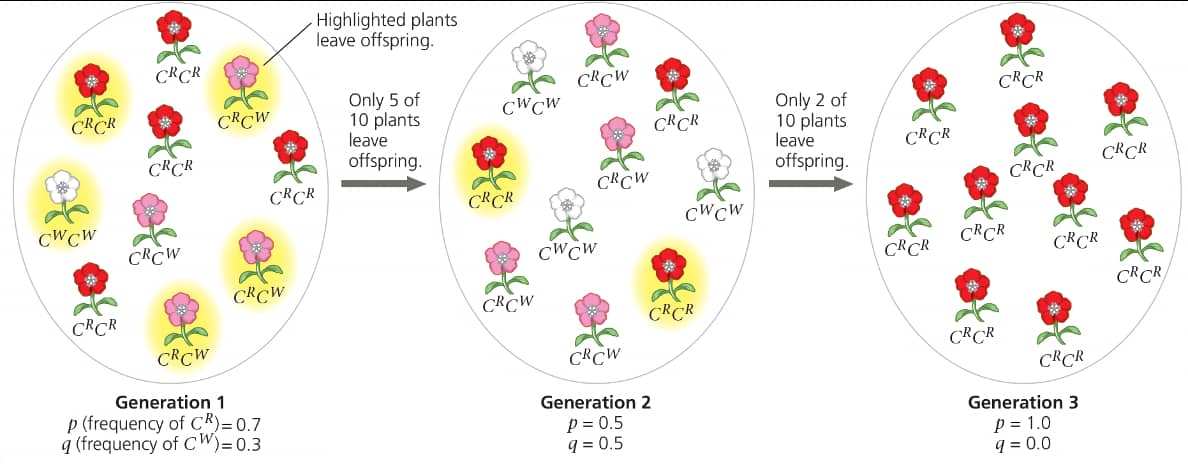
Natural selection acts on individuals, but only populations evolve. Genetic variations in populations contribute to evolution.
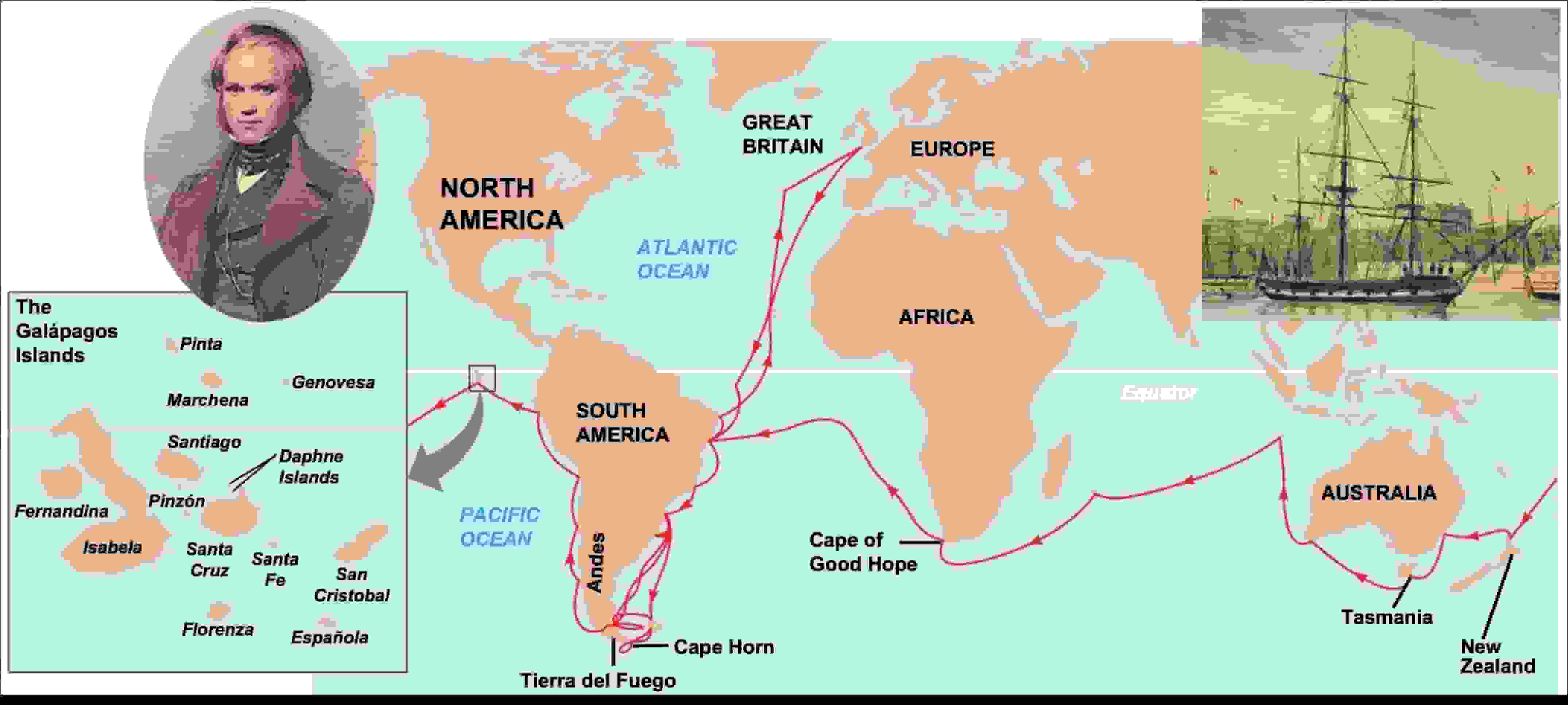
Natural selection is the differential reproductive success of genetic variants and was independently conceived by Charles Darwin and Alfred Russel Wallace.
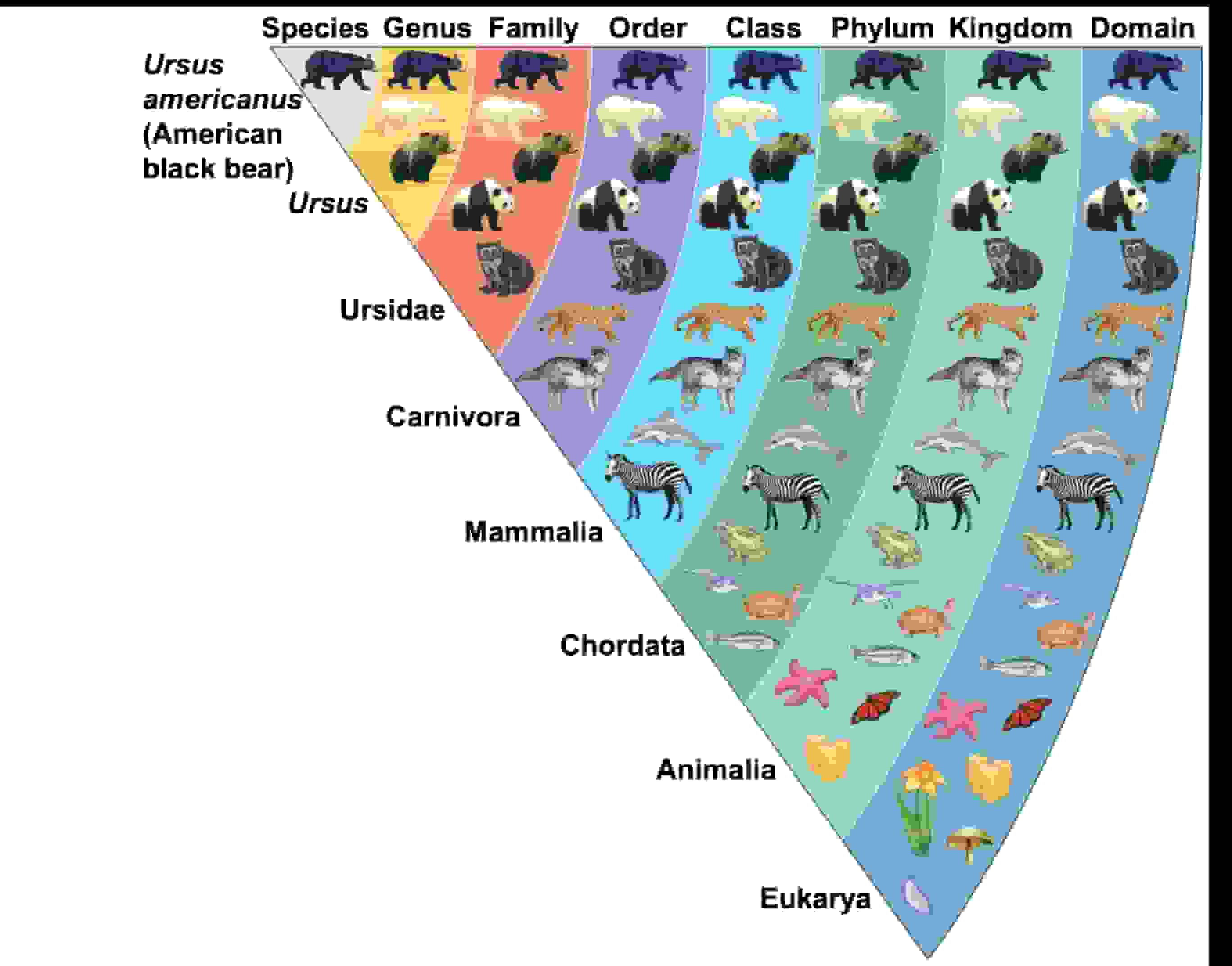
“Nothing in biology makes sense except in the light of evolution”—Theodosius Dobzhansky.